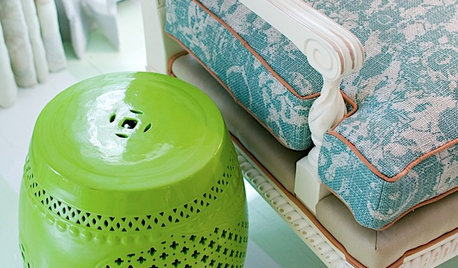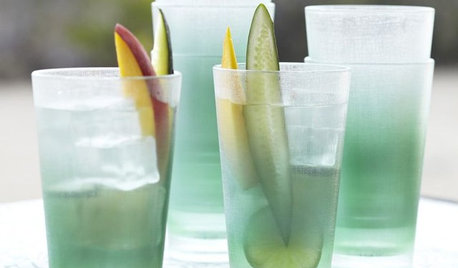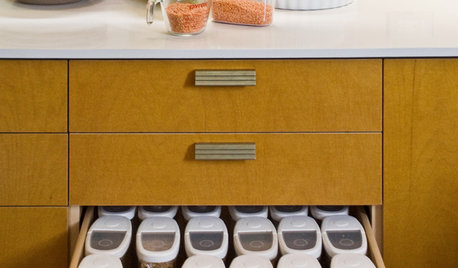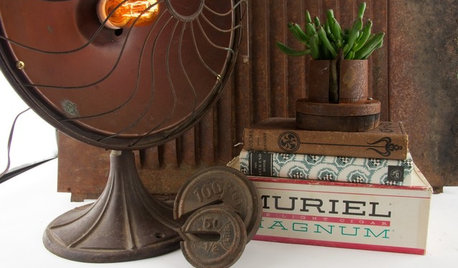Using One-Piece Lug Lids
halfpintharvest
16 years ago
Related Stories

BATHROOM DESIGNWhite Toilet, Black Lid: Trending in a Bathroom Near You
Contrast is king with this look for the bath — and it works with any style you can think of
Full Story
DECORATING GUIDESThe Most Helpful Furniture Piece You May Ever Own
Use it as a table, a seat, a display space, a footrest ... and indoors or out. Meet the ever-versatile Chinese garden stool
Full Story
FEEL-GOOD HOMEInherited Pieces: Embrace the Approach That Works for You
How you remember and honor loved ones through heirlooms is your decision alone
Full Story
PRODUCT PICKSGuest Picks: 20 Almost-Unbreakable Mealtime Pieces
Sure, you could run 'em over with a bulldozer. But these sturdy and shatterproof glasses, dishes and accessories are much more fun to use
Full Story
KITCHEN DESIGN6 Clever Kitchen Storage Ideas Anyone Can Use
No pantry, small kitchen, cabinet shortage ... whatever your storage or organizing dilemma, one of these ideas can help
Full Story
BUDGET DECORATINGDumpster Decorating: Furnishing Your Home With Repurposed Pieces
Whether you call them reclaimed or recycled, these furnishings honor our pocketbooks and our planet
Full Story
FEEL-GOOD HOME10 Friendly Furniture Pieces for a Comforting Home
Comfortable? Check. Sociable? Check. These enduring favorites never go out of style
Full Story
ACCESSORIES9 Fresh Ways to Use Classic Blue and White Ceramics
Add a crisp, clean touch to a room with a china or porcelain jar — or a collection of them
Full Story
FEEL-GOOD HOME12 Very Useful Things I've Learned From Designers
These simple ideas can make life at home more efficient and enjoyable
Full Story
KITCHEN DESIGNPlain-Sight Storage for the Kitchen Stuff You Use Most
Turn essential cookware, tools and even spices into design assets by displaying them out in the open
Full StoryMore Discussions






halfpintharvestOriginal Author
dancinglemons
Related Professionals
Citrus Heights Landscape Architects & Landscape Designers · Horsham Landscape Architects & Landscape Designers · Broomfield Landscape Contractors · Darien Landscape Contractors · Davis Landscape Contractors · Gaithersburg Landscape Contractors · Pleasant Prairie Landscape Contractors · Quincy Landscape Contractors · Ramsey Landscape Contractors · Yuba City Landscape Contractors · Raytown Landscape Contractors · Rome Roofing & Gutters · Burlington Roofing & Gutters · Weehawken Roofing & Gutters · Hull Roofing & Guttersbejay9_10
ksrogers
zabby17
readinglady
zabby17
halfpintharvestOriginal Author
dancinglemons
smokey98042
digdirt2
ksrogers
halfpintharvestOriginal Author